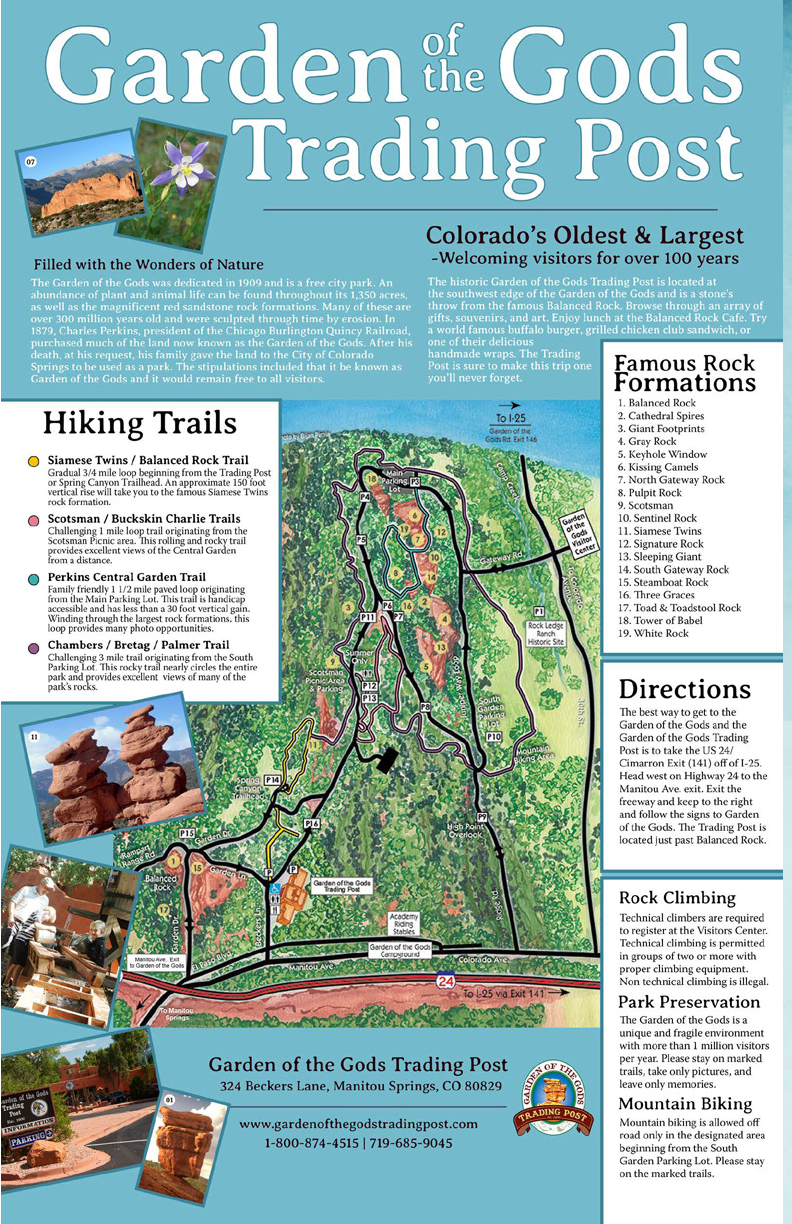Discover the Community
European Discovery
In the early 1800s, European explorers and settlers stumbled upon these miraculous springs and recognized their potential. Dr. Edwin James, a botanist, is credited with naming the area "Manitou," derived from the Algonquian word meaning "Great Spirit."
Native History
Long before European settlers arrived, the Ute, Cheyenne, and Arapaho tribes considered Manitou Springs a sacred and healing place. They believed in the mystical and rejuvenating powers of the natural mineral springs that bubbled up from the earth.
Cog Railway
The Pikes Peak Cog Railway, one of the world's highest cog railways, has been chugging its way up the breathtaking Pikes Peak since 1891, offering visitors unparalleled views of the surrounding landscape.
Health and Wellness Hub
Manitou Springs quickly gained fame as a health and wellness destination in the late 19th century. People flocked to the town's numerous spa resorts, hoping to cure various ailments by soaking in the mineral-rich waters. It was the go-to place for the elite seeking relaxation and rejuvenation.
Historic Landmarks
Manitou Springs boasts a host of historic landmarks, including the Manitou Springs Cliff Dwellings, a collection of relocated Ancestral Puebloan cliff dwellings that offer a glimpse into the area's ancient past.
Creative Community
Manitou Springs has long been a haven for artists and creative minds. The town's vibrant art scene, eclectic boutiques, and colorful street art make it a hub for artistic expression. The town is known for its quirky and fun events, including the Emma Crawford Coffin Races, where participants race homemade coffins down the streets, and the Fruitcake Toss, a lighthearted competition involving catapulting fruitcakes.












